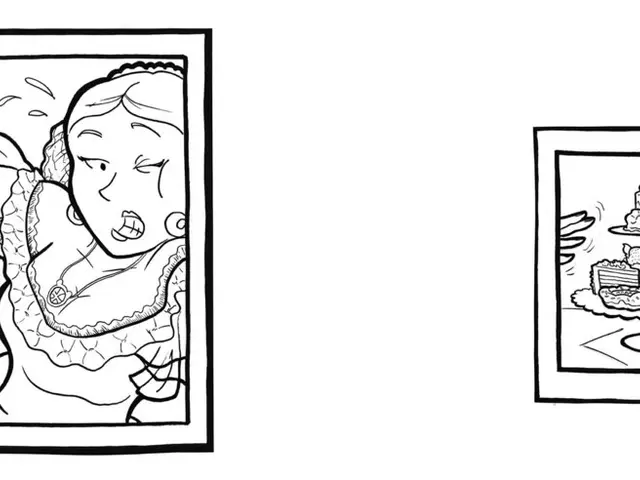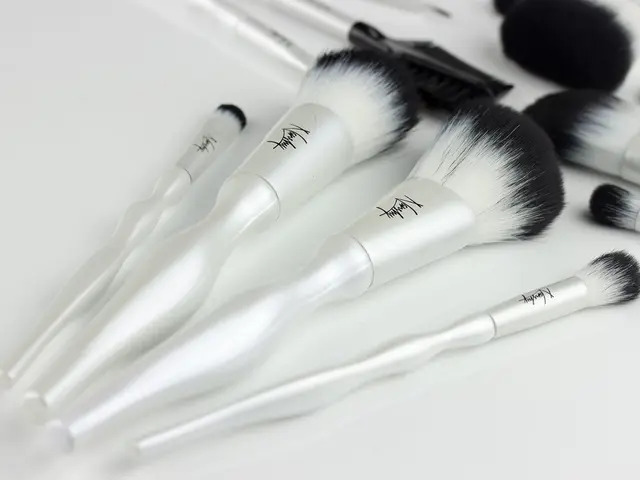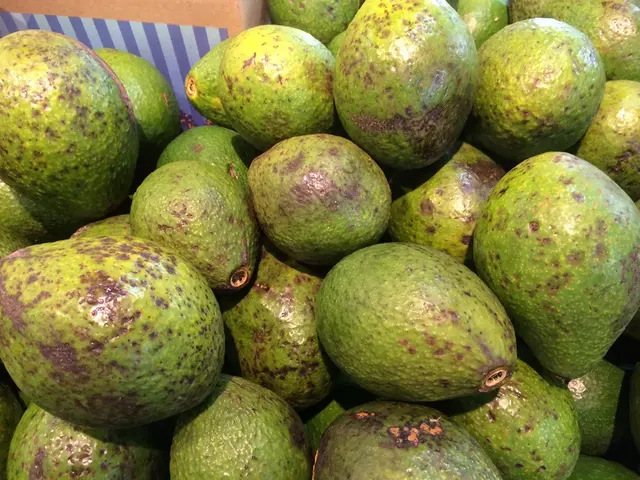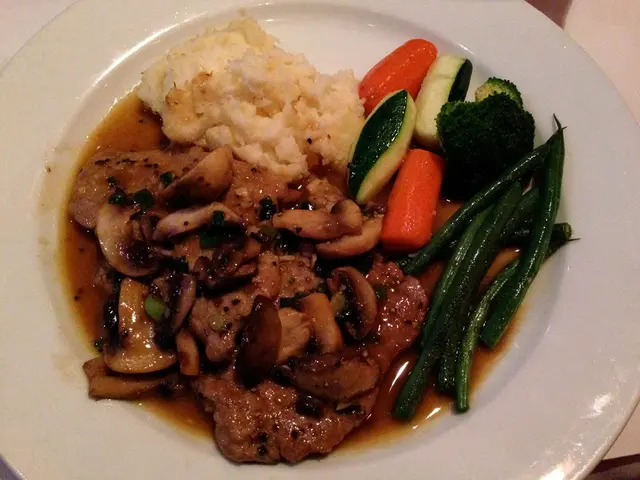Rapid and Severe Rosacea: Understanding Causes, Signs, and Remedies
Rewritten Article:
Severe Rosacea: The Painful Pimples and Nodules You Need to Know About
Ever had a sudden onset of painful, red, swollen bumps on your face that won't budge? It might just be Rosacea Fulminans, an aggressive form of rosacea. Though it's relatively rare, this skin condition can be a real nuisance, particularly affecting the central part of your face, including the chin, cheeks, and nose.
Often referred to as pyoderma faciale, Rosacea Fulminans presents as flushed, swollen, and uncomfortable nodules and pimples that can merge. Unlike regular rosacea or acne, these symptoms are more extreme and come on rapidly.
Predominantly striking females of childbearing age, the root cause of Rosacea Fulminans remains shrouded in mystery. However, a 2020 review suggests a possible link between this condition and disorders like inflammatory bowel disease and pregnancy. Intriguingly, those with a history of some type of rosacea may be more susceptible to Rosacea Fulminans.
Emotional stress, hormonal fluctuations, and certain medications could potentially trigger Rosacea Fulminans, as per a 2021 literature review. Moreover, it's worth noting that specific dietary factors may also exacerbate rosacea symptoms, although this doesn't necessarily apply exclusively to Rosacea Fulminans. Potential culprits include spicy foods, alcohol, foods high in cinnamaldehyde (such as chocolate, tomatoes, and citrus fruits), histamine-rich foods (like wine, aged cheese, processed meats, and hot drinks), and skipping meals.
Rosacea Fulminans symptoms often crack their ugly visage across the forehead, nose, cheeks, and chin, with symptoms like:
- sudden, intense skin color changes, such as intense redness
- painful pustules, papules, and nodules that may coalesce
- facial swelling and inflammation
- flushing and blushing
- stinging and burning sensations
Some folks may experience ocular symptoms, like dry, itchy, or sensitive eyes, as well as light sensitivity. Systemic symptoms like fever and fatigue are seldom seen.
Treatment for Rosacea Fulminans might involve oral isotretinoin and corticosteroids. In some instances, doctors may opt for oral or topical corticosteroids. A 2016 case study even reported symptom resolution using antibiotics combined with corticosteroids and lifestyle modifications. Since certain factors can cause or worsen rosacea, healthcare professionals may suggest identifying and avoiding triggers. This could mean:
- reducing stress levels, which may involve activities like mindfulness meditation, deep breathing exercises, regular exercise, or journaling
- modifying your diet, like cutting down on alcohol
- opting for gentle skincare products on the face
Marrying these strategies with medical treatments like corticosteroids and isotretinoin could help manage symptoms and boost overall quality of life in people grappling with this condition.
When to get professional help? If you:
- are dealing with symptoms beyond typical rosacea or acne, like large, tender nodules, abscesses, or significant facial discomfort
- have a sudden onset of symptoms
- have symptoms that persist or worsen despite trying over-the-counter medications or rosacea therapies
- notice eye irritation or inflammation
- experience systemic symptoms, like fever or flu
It's pivotal to seek medical attention right away for an accurate diagnosis and timely treatment. This could accelerate symptom resolution and minimize the risk of complications, such as scars and infections, associated with Rosacea Fulminans. Plus, early intervention can help alleviate the emotional strain, potentially improving your overall well-being.
Connecting with a dermatologist or another healthcare professional ensures personalized care and comprehensive management strategies that cater to your unique needs and circumstances.
Enrichment Insights:
- Certain foods high in cinnamaldehyde can exacerbate rosacea symptoms due to their potential to cause flushing. Examples include chocolate, tomatoes, and citrus fruits.
- Histamine-rich foods can increase blood flow to the skin, causing reddening and inflammation. Foods like wine, aged cheese, processed meats, and some hot drinks may trigger or worsen rosacea for some individuals.
- Rosacea Fulminans, a severe form of rosacea, presents as painful, red, swollen bumps on the face, primarily impacting the central areas like the chin, cheeks, and nose.
- The cause of Rosacea Fulminans remains unknown, but a 2020 review suggests a possible link with disorders such as inflammatory bowel disease and pregnancy.
- Emotional stress, hormonal fluctuations, certain medications, and specific dietary factors may trigger Rosacea Fulminans, according to a 2021 literature review.
- Potential dietary triggers for rosacea symptoms include spicy foods, alcohol, foods high in cinnamaldehyde (like chocolate, tomatoes, and citrus fruits), histamine-rich foods (such as wine, aged cheese, processed meats, and hot drinks), and skipping meals.
- Treatment for Rosacea Fulminans might involve oral isotretinoin and corticosteroids, and may also include identifying and avoiding triggers like reducing stress levels, modifying diet, and using gentle skincare products.
- It's crucial to seek medical attention immediately if one experiences symptoms beyond regular rosacea or acne, like large, tender nodules, abscesses, or significant facial discomfort, to ensure an accurate diagnosis and timely treatment.








